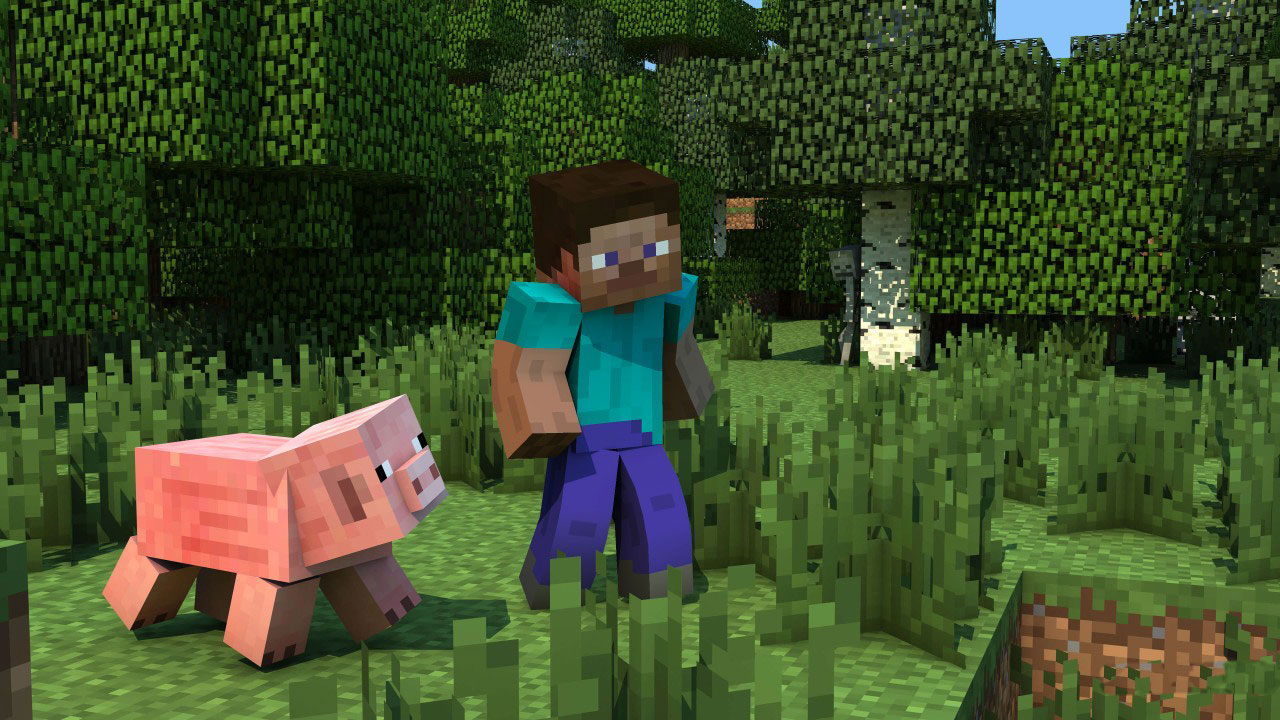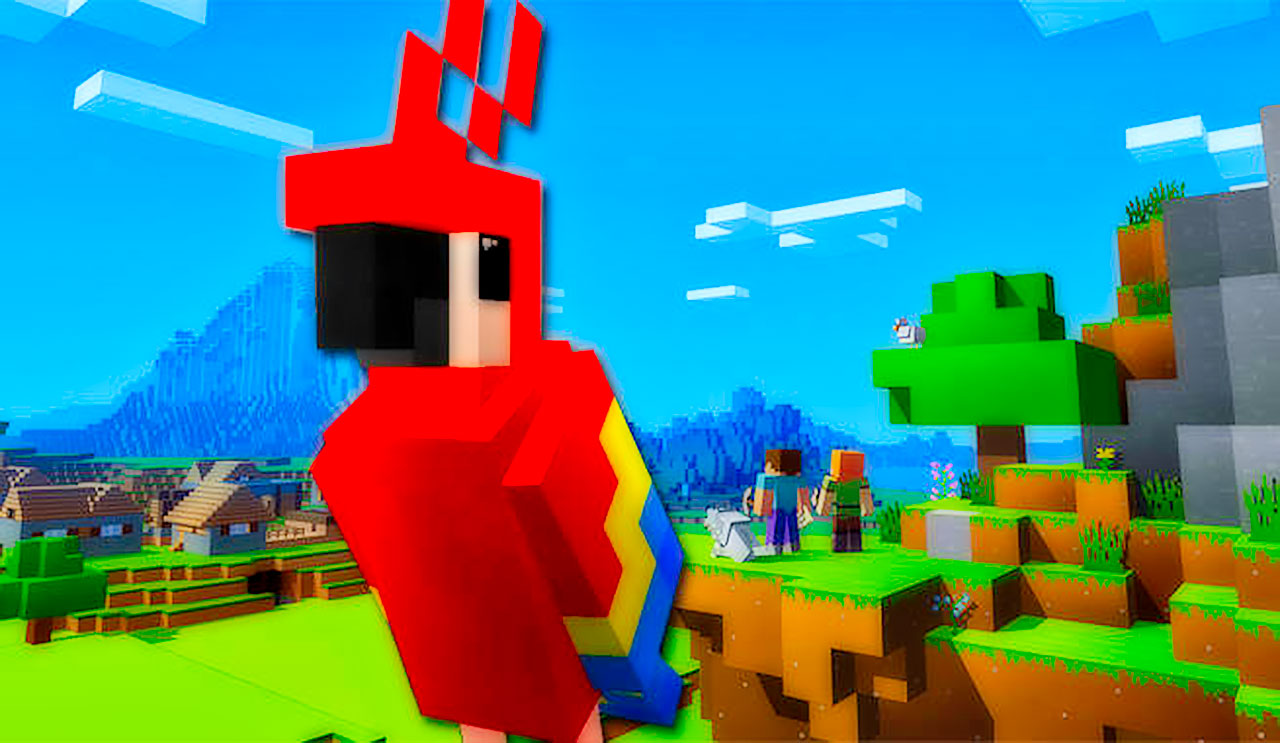Pigs are a common passive mob in Minecraft. They are just under a block tall.
Pigs spawn on grass blocks in a light level of 9 or more. Herds of pigs spawn upon globe generation.
Pigs drop 1-3 bits of natural porkchop (1-3 units of cooked porkchop if killed while burning). Baby pigs don’t drop anything, including encounter. Adult pigs also drop 1-3 knowledge when killed by a new player or domesticated wolf. They also drop saddles if they were wearing one.
Pigs frequently roam the Overworld in sets of 4.
Pigs act similarly to other passive mobs; they will roam casually, avoiding dropping off cliffs high enough to cause fall damage, and will usually stay out of water. Pigs will observe any player who is carrying a carrot, carrot on a stick, potato, or beetroot, and will stop pursuing if the participant moves over approximately 5 blocks from the pig. Pigs may also arbitrarily oink.
When struck by lightning, pigs turn into zombie pigmen.
Pigs could be bred using carrots, potatoes, and beetroots. It requires about 5 minutes prior to the parents can be bred once again, which pertains to all farm pets. It requires at least one full Minecraft ‘day’ (20 minutes or more) for piglets to mature. The appearance of a piglet is usually roughly similar compared to that of an adult pig, having the same sized heads, but noticeably smaller sized bodies. Piglets will stay around their parents until they mature, although the parents cannot protect the piglet(s) from harm.
The growth of baby pigs can be slowly accelerated by feeding them. Each make use of will take 10% off the rest of the time to develop up.
Saddled pigs are controllable with a carrot on a stick. They begin slow but end up going 4.00 m/s. Pigs can be managed through 1-block-high bodies of drinking water with a carrot and stick, but any deeper and they will throw the participant from their back again. Using the carrot on a stick while riding a pig will cause it to accelerate to a burst of rate, taking 7 sturdiness from the carrot and stick. It isn’t necessary to continue holding the carrot on a stay after the pig has begun having the burst of quickness. Damage is taken by the component that was hit; fall harm is used by the pig. Nevertheless, it does not trigger any knockback nor any loss of movement speed.
You can generate an achievement with a pig. It’s known as When Pigs Fly and you gain it by riding a pig off the edge of a cliff. To obtain it, you must ride a pig (e.g. utilizing a saddle) when it hits the bottom with a fall length higher than 5.


